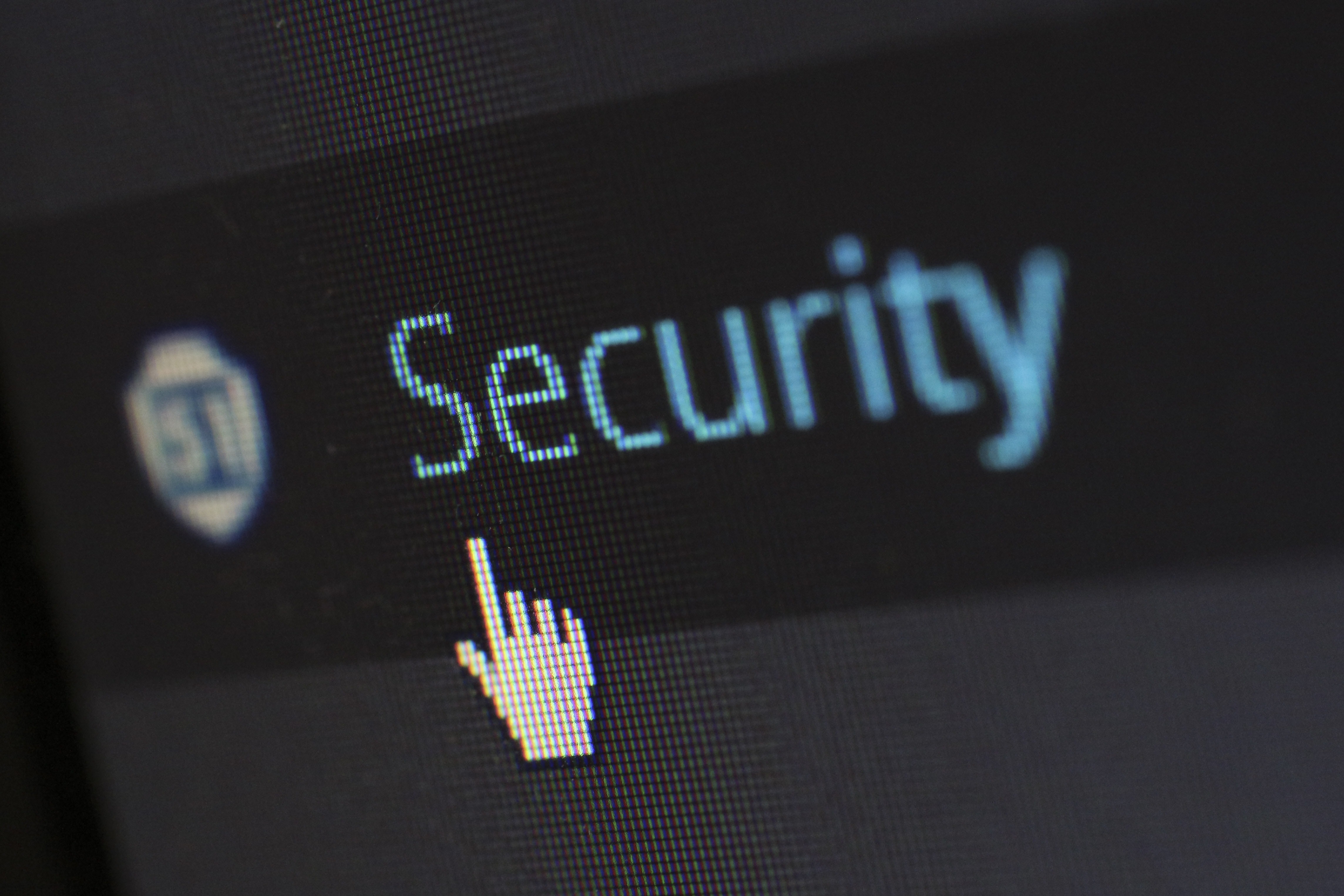Introduction to Cyber Security (Part 1)
In this day and age we are in, securing very important data/information is key. There are numerous
threats around us; some we are aware of, others are just the thieves in the night we have no idea about.
This article seeks to awaken our consciousness to these such threats. It seeks to uncover and banish the
benightedness of computer users around.
It maybe be unknown to a number of computer (desktops, laptops, smartphones, tablets, etc.) users
that there is a battle. It is the battle of information security. While we seek to keep certain information
to ourselves, some others seek to have access to such files and make it go viral.
First we need to understand basic security concepts: These concepts can abbreviated C.I.A;
Confidentiality: This refers to privacy maintained for data/information. It has to be accessed by the right
people.
Integrity: Your information should not be compromised, it should maintain its completeness. Such
information should not be changed without the user’s authorization.
Availability: The information has to be available to the user whenever it is needed.
Where C.I.A. is not ensured, data loss, theft, impersonation, etc., are inevitable.
Most computer users make certain mistakes that constitute threats to the security of their information.
Such mistakes include: Sharing of user accounts by two or more individuals. Connection to untrusted WI-FI networks. Using weak passwords for user accounts. Leaving devices without passcodes, patterns, pins, etc. Running operating system software that are out-of-date. Having no installed antivirus software on device(s). Having out-of-date antivirus software on device(s). Disabled firewalls on personal computers. Transfer of files using external storage devices without caution. Visiting unsecure websites.
Above are some ways in which information security is breached. Two or more users on a personal
computer should have two or more separate user accounts. This is to ensure confidentiality. Connection
to “free WI-FI” networks is not safe. Malicious individuals use it as baits in compromising data
confidentiality and integrity. Unknown to users, over these networks, contacts, call records, text
messages, and other important files could be acquired by malicious network providers. Most users fall
for using weak, so-easy-to-remember passwords such as their names, phone numbers, date of birth, or others like “abc123”, “password”, etc. Some users even write down their passwords and paste it in open
places or in their diaries...
